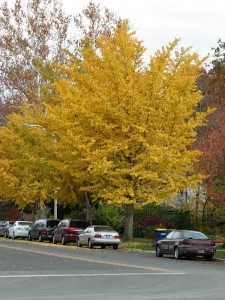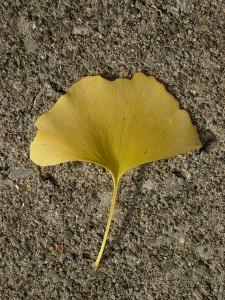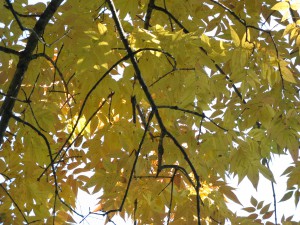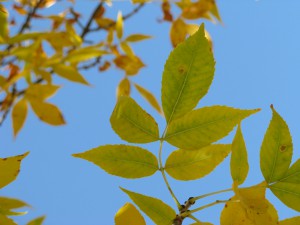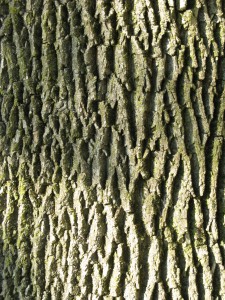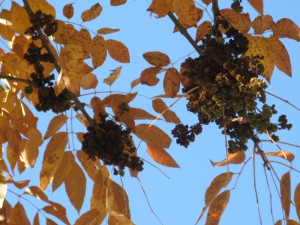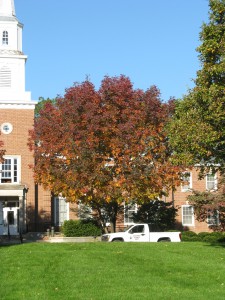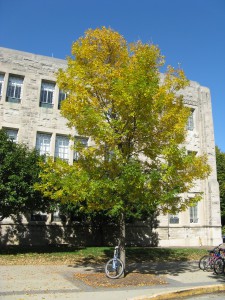Hemlock (Tsuga canadensis ) is one of fewer than a dozen conifers, cone-bearing trees, native to Indiana. It is called a glacial relict because it first grew in the state at the time following the retreat of the last glaciers, around 10,000 years ago. As the great ice sheets that at one time over the northern 2/3 of the state melted, vegetation reclaimed the land. Initially, the climate was cool and wet, similar to the boreal forest climate of today. As the glaciers left, the climate gradually became warmer and drier. Hoosier hemlocks could only grow and reproduce in our wettest and coolest remaining habitat, the mostly northward-facing slopes of deep cut ravines and steep rocky bluffs along streams and rivers. Think of Turkey Run and Shades Stare Parks. Populations of hemlock have persisted there for thousands of years!
Hemlocks can be distinguished by their soft short needles, with two fine parallel white stripes on the under surface, and by their very cute, less than 1 inch long cones. Needles are borne singly (not in clusters like pines) in two rows on the twig. The very top of a hemlock tree often bends over like a flag.
Hemlocks are used a lot in landscaping as an evergreen ornamental in Indianapolis. As far as we know, all hemlocks in Marion County have been planted.
This hemlock is a tree of the northern forest immortalized in the poem ‘Hiawatha’ by Longfellow and of the Appalachian Mountains, not the plant that killed Socrates. That hemlock, as I understand it, was poison- hemlock (Conium maculatum), a member of the carrot family native to Europe and a non-woody plant. Is does grow wild in Indiana as an introduced species.











